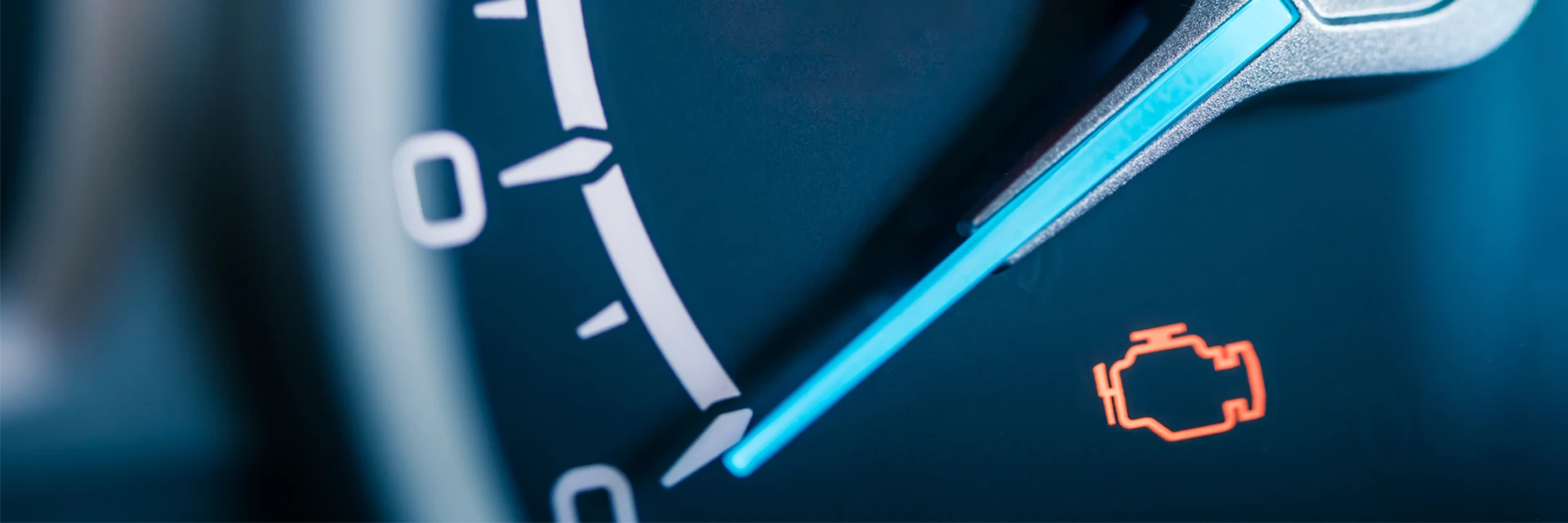What Does the Check Engine Light Mean?
The check engine light (CEL) is a warning that your car's engine or transmission has detected a problem. often dreaded by drivers, is one of the most ambiguous yet crucial warning indicators on your car’s dashboard. It can flicker on suddenly, leaving you with questions and concerns about your vehicle's health. In this comprehensive guide, we'll delve into what the check engine light actually means, why it comes on, and what you should do when you see it illuminate.
Understanding the Check Engine Light
When the check engine light is on, sometimes referred to as the malfunction indicator lamp (MIL), is designed to alert drivers to potential issues with the vehicle’s engine, emissions system, or other components monitored by the onboard diagnostics system (OBD-II). It's a universal warning across most modern vehicles that something requires attention under the hood.
What Could Cause the Check Engine Light to Come on?
The reasons for a check engine light turning on can range from something minor like a loose gas cap to something more serious like a transmission issue. It could even be a sign of an engine misfire or failure.
What is the Most Common Cause of the check engine light?
- Engine Misfire: One of the most common reasons for the check engine light is an engine misfire. This could be due to faulty spark plugs, ignition coils, or issues with the fuel injection system.
- Faulty Oxygen Sensor: The oxygen sensor monitors the amount of oxygen in the exhaust gases and helps regulate fuel injection and emissions. A malfunctioning oxygen sensor can trigger the check engine light.
- Loose or Faulty Gas Cap: Believe it or not, a loose or faulty gas cap can cause the check engine light to illuminate. It's a simple fix but an important one for maintaining proper emissions control.
- Catalytic Converter Issues: Problems with the catalytic converter, such as overheating or failure, can trigger the check engine light due to emissions-related concerns.
- Exhaust Gas Recirculation (EGR) Valve Malfunction: The EGR valve helps reduce nitrogen oxide emissions. A malfunctioning EGR valve can lead to increased emissions and trigger the check engine light.
- Engine Coolant Temperature Sensor: Issues with the engine coolant temperature sensor can cause the check engine light to come on, as it affects engine performance and emissions.
- Transmission Issues: Problems with the transmission, such as slipping or shifting irregularities, can sometimes trigger the check engine light.
What is the First Thing to Check When the Check Engine Light Comes On?
- Inspect the Gas Cap: Check if the gas cap is loose or damaged. Tighten it securely and see if the light turns off after a few driving cycles. Sometimes, this simple action can resolve the issue.
- Check for Symptoms: Take note of any accompanying symptoms such as rough idling, poor acceleration, or unusual noises. This information can help your mechanic diagnose the problem.
- Check Dashboard Gauges: If your car has other warning lights or if you notice any unusual gauges readings (like temperature or oil pressure), pull over safely and turn off the engine. Continuing to drive with critical issues can cause further damage.
Can You Drive with the Check Engine Light On?
If the light comes on and stays on, in many cases, you can continue driving with the check engine light on, especially if the car seems to be running normally and there are no other warning signs. However, it’s important to address the issue promptly to prevent potential damage to the engine or emissions system. Ignoring the check engine light for extended periods can lead to more costly repairs down the road.


